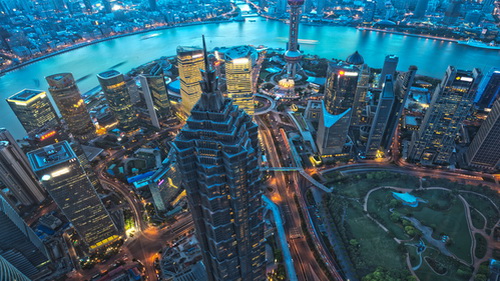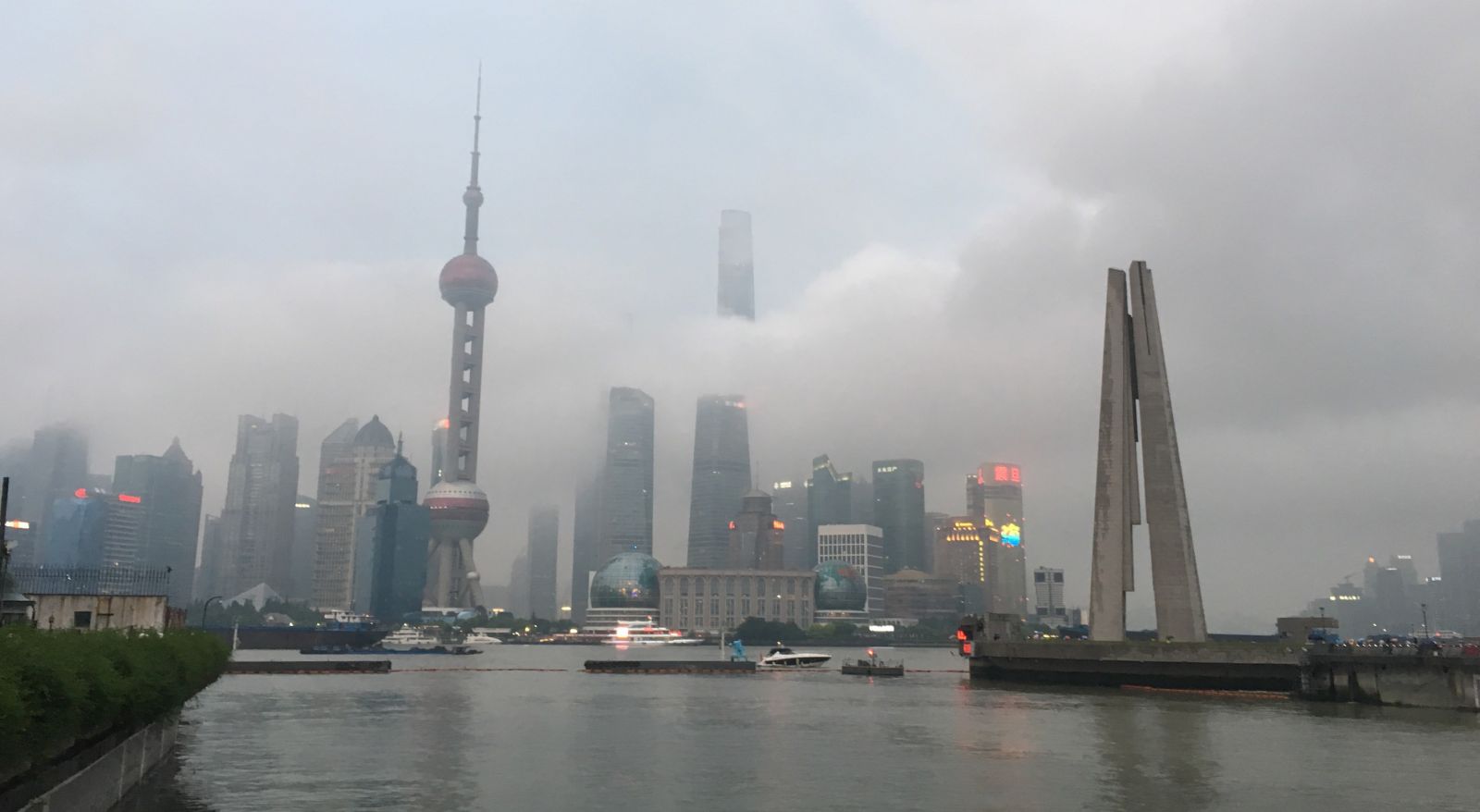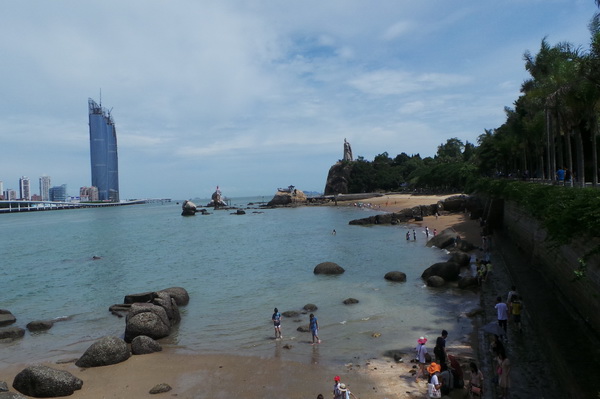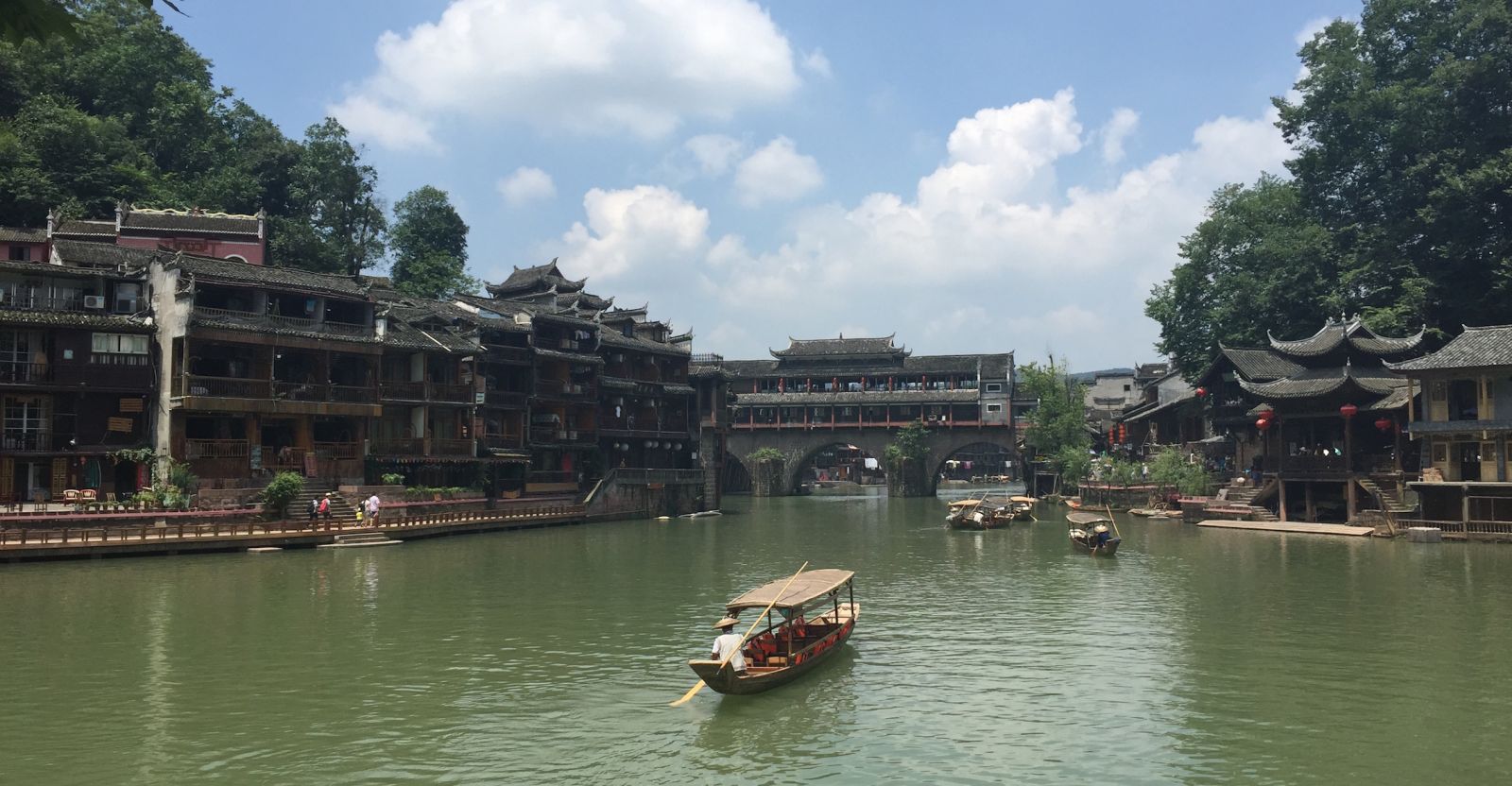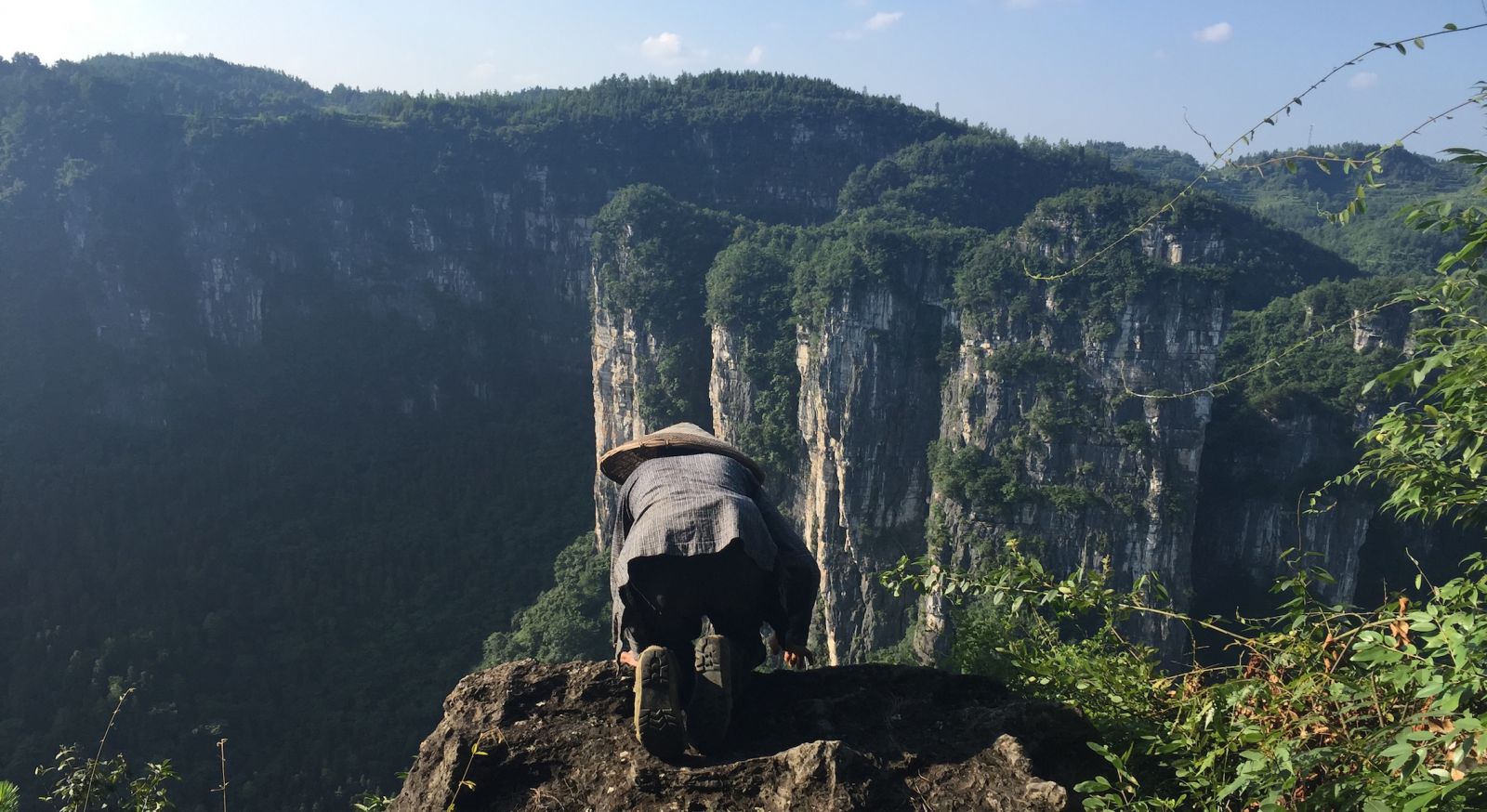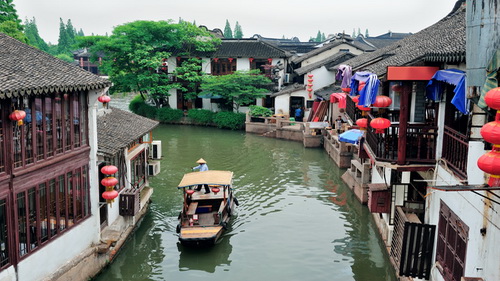 |
We arrive in Shanghai, the most populous city in China. The city is located in eastern China and sits at the mouth of the Yangtz River. Due to its rapid growth in the last two decades, it has again become one of the world's leading cities, exerting influence over finance, commerce, fashion, and culture. Shanghai is also a popular tourist destination renowned for its historical landmarks such as The Bund, Peoples Square and Yuyuan Garden, and its extensive yet growing Pudong skyline. Upon arrival, we make a visit to the Bund. Since the middle of the 19th century, this street has played a major role in opening up China to the rest of the world. Built on the bank of the Huang Pu River, the Bund served as the main trading area for merchants coming to Shanghai from all over the world to trade for exotic goods and take them to their native countries. It is still a bustling street that offers a great view of the magnificent buildings along the river. Afterwards we stop at Nanjing Road. With more than 600 shops extending over 5.5 km, this is probably Asia’s busiest trading street, visited daily by more than 1.5 million people—locals and tourists alike—looking for a good bargain, and here you can see the best of the Chinese trading and bargaining customs as they take place. We then enjoy a view over the metropolis and its shoreline from the top of the Shanghai World Financial Center, located in the Pudong district of Shanghai. It is a mixed-use skyscraper, consisting of offices, hotels, conference rooms, observation decks, and ground-floor shopping malls. The SWFC opened on 28 August 2008, with its observation deck opening on 30 August. This observation deck, the world’s tallest at the time of its completion, offers views from 474m above ground level. After that, we continue to visit Taikang road, also called Tianzifang art area, which is a romantic street present the Young china with contemporary art, design and fashion. In the evening, we take a Cruise on the Huangpu River to enjoy the wonderful night view of Shanghai. Overnight in Shanghai.
|






